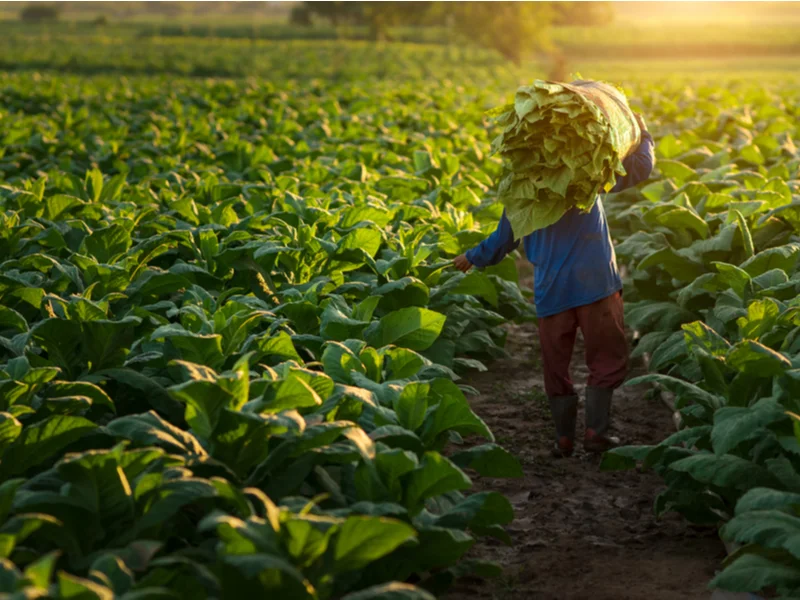Richard Sanders
India has a long-standing tradition of tobacco cultivation, deeply rooted in its agricultural practices and cultural customs. Among the diverse tobacco products available in the country, traditional cigars, often referred to as “cheroots” when rolled entirely by hand, stand out for their unique characteristics and exceptional quality. This article explores the rich heritage of Indian traditional cigars, the quality of Indian tobacco, and the cultural significance behind these remarkable products.
A Historical Overview of Indian Tobacco
Tobacco has been cultivated in India for centuries, with evidence suggesting that its use predates the arrival of European colonizers. The two major types of tobacco grown in India are the Nicotiana rustica variety, known for its strong flavor and higher nicotine content, and the Nicotiana tabacum variety, which is milder and more commonly used in commercial products. Indian tobacco is primarily grown in regions like Uttar Pradesh, Andhra Pradesh, Gujarat, and Karnataka, which boast diverse climates and soil conditions that contribute to the quality and richness of the tobacco leaves.
The Craft of Indian Traditional Cigars
Indian traditional cigars are made from high-quality tobacco leaves, expertly rolled either by hand or machine, depending on regional practices. These cigars vary in size, shape, and flavor, with many artisans preferring to roll the cigars by hand to ensure the best quality and taste. Cheroots, for example, are often characterized by their distinctive shape—tapered at both ends—and rich, bold flavors.
One of the unique aspects of Indian cigars is the incorporation of various regional spices and flavors, which when combined with the tobacco, create a distinctive smoking experience. These traditional cigars are not just a product; they embody the craftsmanship, cultural practices, and tastes of the regions where they are made.
Exceptional Quality of Indian Tobacco
The quality of Indian tobacco is highly regarded worldwide, with specific cultivars noted for their unique flavor profiles and aroma. Factors such as climate, soil richness, and traditional harvesting and curing methods significantly contribute to the exceptional quality of the tobacco.
- Flavor and Aroma: Indian tobacco is known for its robust and flavorful characteristics. The curing process, which can involve air-curing, sun-curing, or flue-curing, enhances the flavor profiles, offering a range of tasting notes from earthy and spicy to sweet and floral.
- Sustainability: Indian tobacco cultivation often employs sustainable agricultural practices, which not only preserves the quality of the tobacco but also contributes to the welfare of local farming communities. The integration of traditional methods with modern agriculture ensures the longevity of tobacco cultivation while promoting environmental stewardship.
- Global Recognition: Indian tobacco has gained recognition in global markets, with certain regions, particularly those cultivating “virginia” tobacco, cultivating a produce that competes on the world stage. This growing reputation has led to increased interest in Indian traditional cigars, both for domestic use and export.
Cultural Significance
The consumption of traditional cigars in India often goes beyond mere indulgence; it is intertwined with social customs and rituals. Traditional cigars are frequently shared during gatherings and celebrations, marking special occasions and fostering companionship. Additionally, they play a role in various cultural practices, often enjoyed alongside local beverages or during ceremonial activities.
The tradition of Indian cigars, crafted from high-quality tobacco leaves cultivated in diverse regions, reflects a blend of history, culture, and artistry. With its exceptional quality and unique flavor profiles, Indian tobacco not only has a robust presence in the global market but also continues to enrich the cultural tapestry of India. As appreciation for traditional tobacco products grows, so too does the journey of Indian cigars from local artisans to international recognition, promising a bright future for this cherished heritage.



